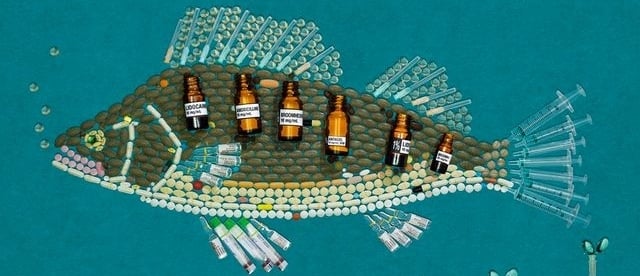
A team of researchers is working on a new application of the technology based on a controlled energy electron beam to remove perfluoroalkyl substances – PFAS, a class of contaminants – from water for civil use. The scientists are part of ENEA, the Italian Government Agency for New Technologies, Energy, and Sustainable Economic Development.
The chemical-physical action of the electron beam would allow these pollutants, highly persistent in the environment, to be degraded into substances easier to remove and, at the same time, treat large volumes of water in a concise time, writes ENEA in a press release.
Breaking bonds
“In practice, the electron beam breaks the carbon-fluorine bond of PFAS- one of the strongest in organic chemistry- which leads to the release of fluorides, still polluting but definitely easier to treat and break down. Similar technologies for the treatment of wastewater with various types of pollutants are already in use in multiple parts of the world and make it possible to reduce the operating costs of plants significantly.
In the case of PFAS, this could be the only effective technique to achieve satisfactory results”, explained Antonietta Rizzo, head of the ENEA Laboratory “Nuclear Methods and Techniques for Safety, Monitoring and Traceability”, part of the network of the High Technology Network in Emilia-Romagna.
PFAS are everywhere
PFAS are widely used in everyday products like waterproof and stain-resistant clothing, fire-fighting foams and fireproof fabrics, non-stick coatings of pots and pans, packaging of microwave popcorn bags, and numerous fast-foods, cosmetics, furnishing fabrics, paints, chrome plating, films that cover solar panels and also building materials such as coatings for metals and tiles. Over 4,700 types of PFAS molecules are listed in the OECD database and they all have an extremely high persistence.
“These chemicals are highly soluble in water and hardly degrade due to their chemical stability, contaminating drinking water, food and feed wherever they are used. Even if we stopped producing them immediately, they would persist in the environment for generations, considering that PFAS are the most persistent chemical substance to date, with a significant impact on surface and deep aquifers “, said Chiara Telloli of the same ENEA laboratory.

So far, conventional purification methods based on ion exchange resins or activated carbon have not proved effective. In addition to being expensive, they often generate special waste, to be treated later in suitable plants with a further cost increase and an unavoidable environmental impact.
Rapid degradation of pollutants
In detail, the ENEA team intends to treat the water contaminated by PFAS with electronic plasmas, a technology that – using only electricity – converts water into a mixture of highly reactive chemical species, which perform a rapid degradation action of multiple pollutants, including PFAS, with the possibility of treating a large volume of liquids in a limited time or possibly even continuously.
The generation of a high-voltage electron beam is very advantageous. It converts input energy into beam power with efficiencies up to 95 percent. In this way, the operating costs of the purification plants could be significantly reduced and the chemical residues, still present after the process, could be easily eliminated by well-established technologies, such as precipitation or coagulation that use simple chemical reagents added at the end of the process.
Selected for you!
Innovation Origins is the European platform for innovation news. In addition to the many reports from our own editors in 15 European countries, we select the most important press releases from reliable sources. This way you can stay up to date on what is happening in the world of innovation. Are you or do you know an organization that should not be missing from our list of selected sources? Then report to our editorial team.
